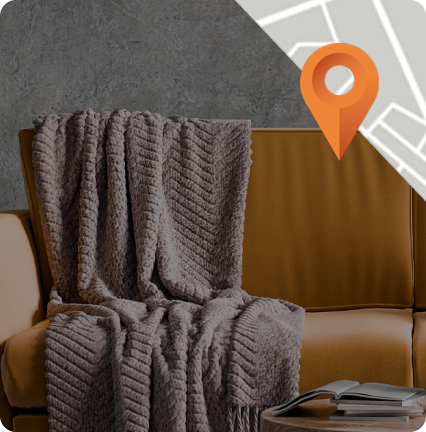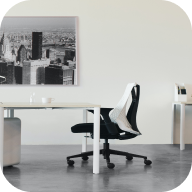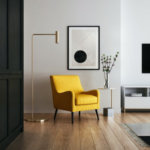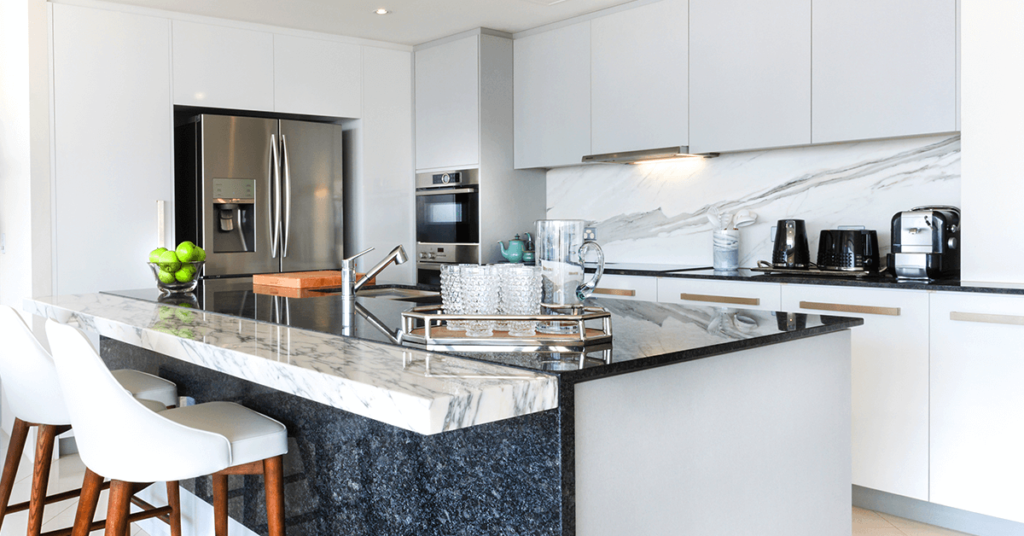The Covid-19 circuit breaker in 2020 will probably seem like the apex of a baking and cooking craze for many, thanks to TikTok, as viral recipes made their way into people’s homes — and kitchens — around the world. Think banana bread, Dalgona coffee, homemade bubble tea, pancake cereal.. the list goes on!
Though Singaporeans love to eat out or get food delivered to their doorsteps, there will always be foodies who would rather stay busy in the kitchen for culinary experiments, never mind if restrictions are in place or not.
If the latter group sounds more like your kind of tribe, consider adding these five features in your kitchen when the opportunity strikes.
1. Breakfast counter
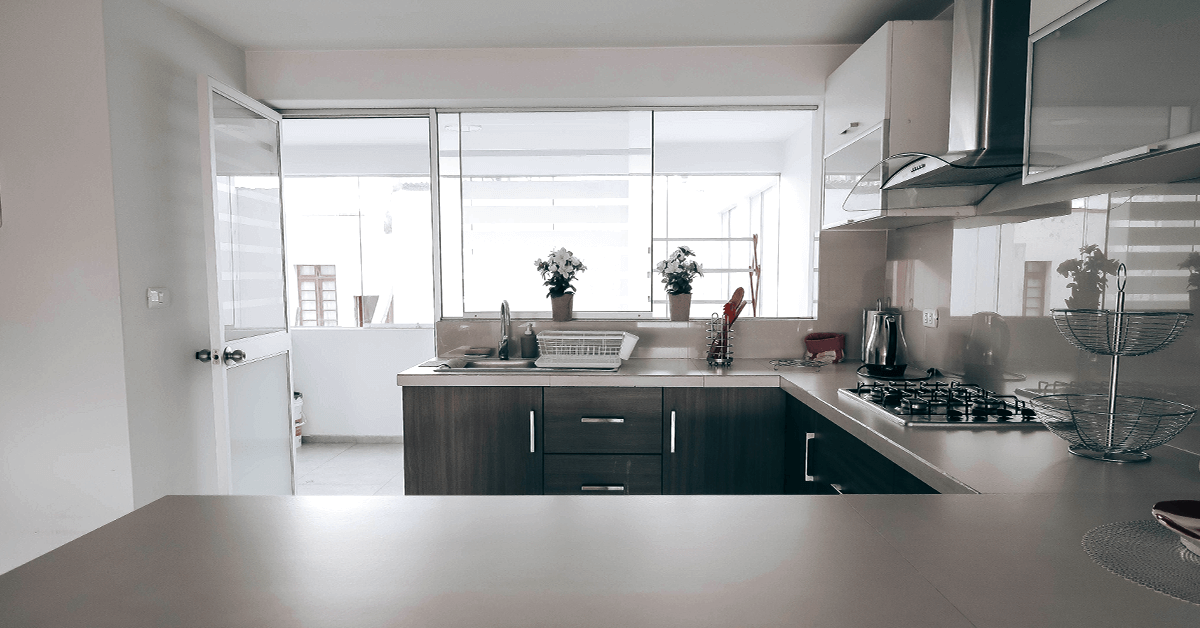
As more HDB Buy-To-Order (BTO) flats follow an open-concept design, breakfast counters are becoming common.
The great thing about counters is that they can also be a food preparation station: affix it in the same height as the kitchen counter and vóila, you’ve got one.
A granite countertop is good for food prep as it is heat and scratch-resistant and can withstand daily use. A 20-millimetre thick one is $80 per foot run for a single profile (which refers to the shape of the countertop’s edge) and $95 for a double profile.
With retrofitted plug outlets on the underside of the counter, you can also turn this into a workstation — no extensions needed or unplugging other kitchen appliances just for your laptop.
Lastly, don’t forget the high bar stools for this nook if you have space.
2. Standalone kitchen island with cutting board
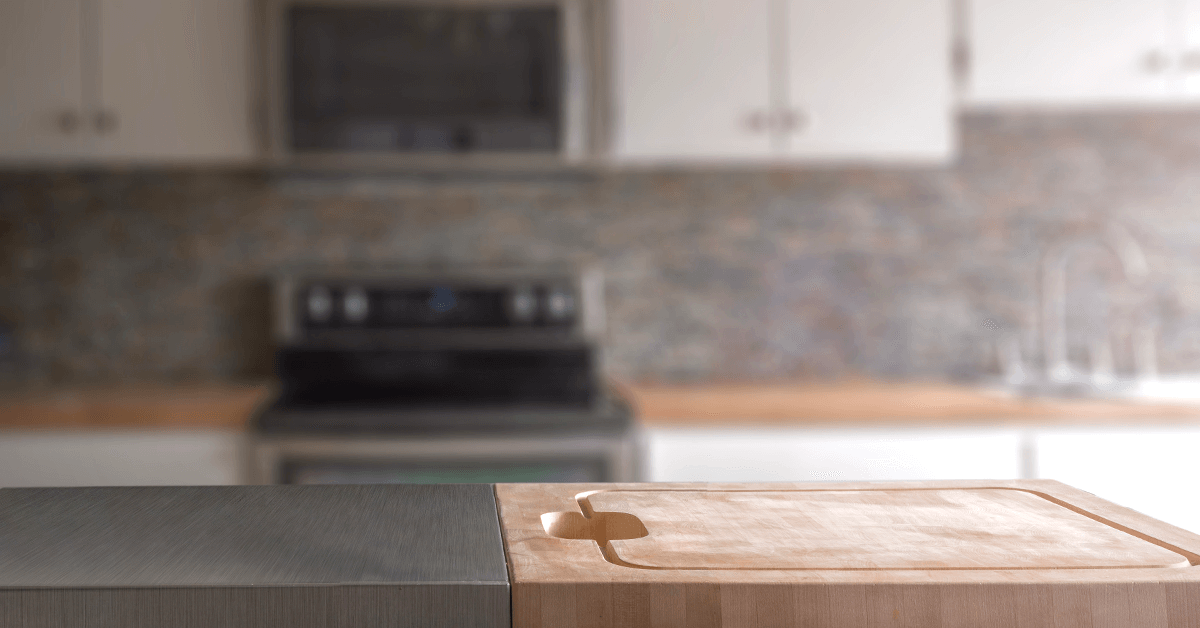
Don’t mistake a kitchen island for a kitchen counter. Like its namesake, a kitchen island is a solitary centrepiece for kitchens.
It’s more functional compared to the multi-purpose breakfast counter, especially for food preparation. The best worktop would be a butcher’s block, which is resistant to scratches or stains and won’t dull knives, though it is a tad pricier.
An affordable alternative would be a quartz countertop, which is good for lighter cutting. If you opt for this, just use a chopping board on top of the counter for more intense knife work.
Kitchen islands are best suited for bigger kitchens, but some smaller spaces can fit a version of it too. A rolling butcher’s table is one way to go — it is movable and therefore easy to push out of the way when you don’t need it.
A rolling cart with a countertop can range from $100 to $2,500, depending on the size and additional features such as cabinets or sinks and drains.
A custom-built kitchen island would cost an average of $3,000 to $5,000. Prefabricated islands are a cheaper alternative, but fair warning, these may frustrate those who hate any DIY assembly of household items.
3. Induction cooktop
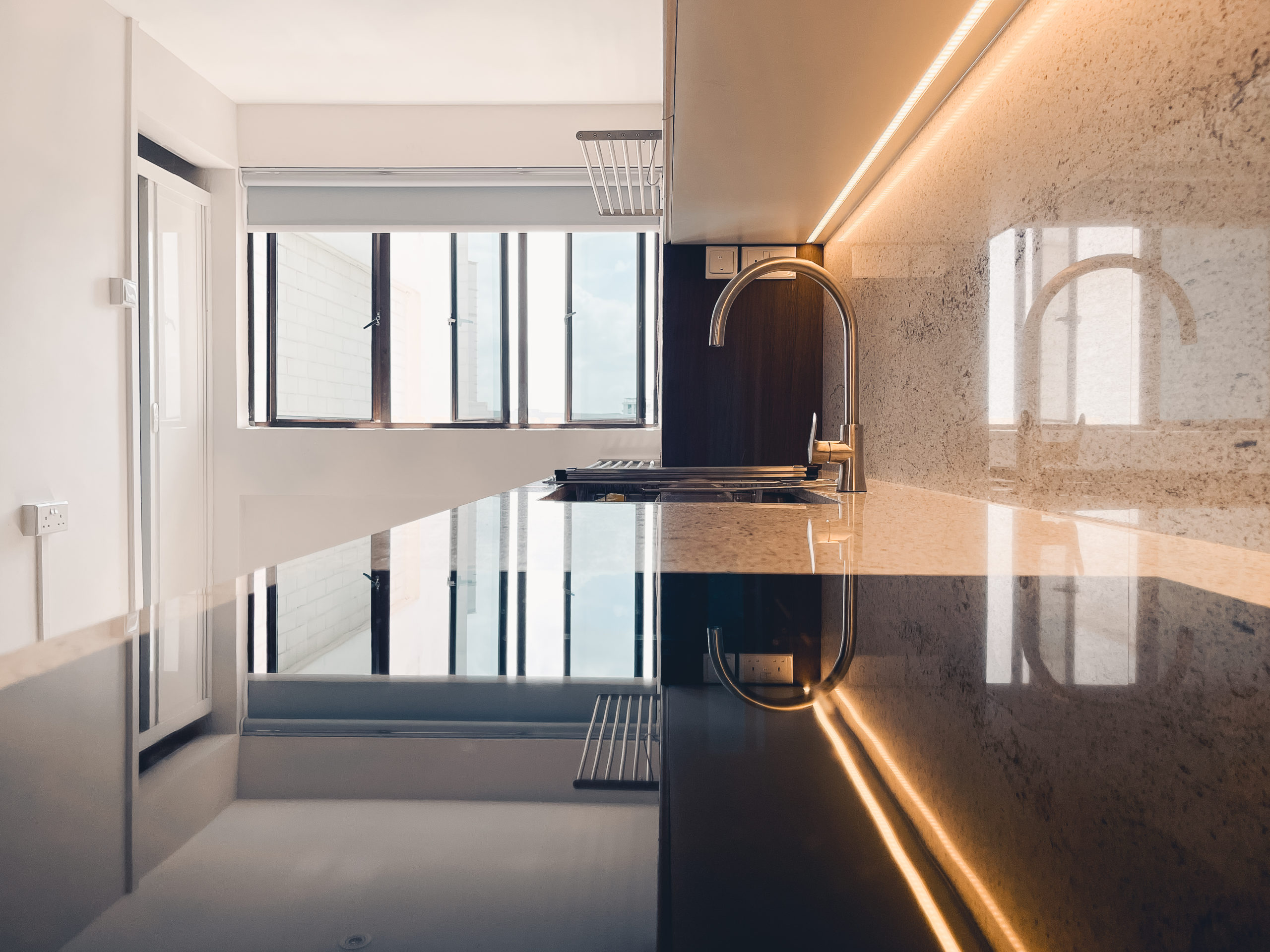
In Singapore, one of the most loved incursions of technology in the kitchen is the induction hob.
Compared to electric or gas stoves, induction cooktops can cook and heat up food faster. As it transfers heat directly from the glass cooktop to the pot, it cools down quicker too. As soon as you lift the pot from the cookpot, it immediately stops heating up.
An induction cooker is safer too. If you turn a burner on with no pot on it by mistake, it won’t heat up.
However, these hobs require special induction cookware.
To check if any of your existing pots and pans are compatible with one, use a magnet to see if it sticks strongly to the bottom of these.
An induction cooktop is priced around $1,200 and above.
4. Glass partition doors
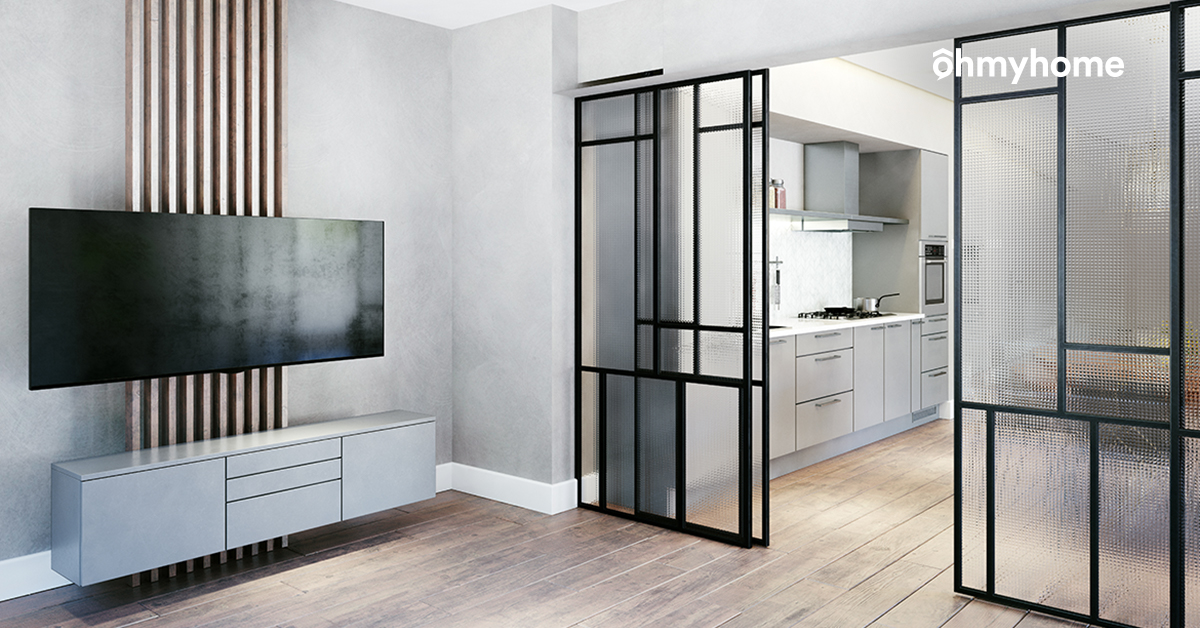
To divide the kitchen from the dining area and living room, consider installing glass doors or partitions.
With glass partitions, you’ll have the illusion of an open-concept home without the lingering smell of recently-cooked food on your sofa or throw pillows. It’s also a good way to protect other surfaces near the kitchen from oil splashes. Food preparation should be easier too: you can cook in peace without random fingers snatching up food to ‘taste’.
Your dining area will also benefit – it will appear brighter as more light can get through. Don’t forget its style potential too. Think simple yet elegant black frames and your sliding glass doors have added zing to your kitchen.
Hacking one wall panel for a glass partition would cost around $40 to $60 per foot run. However, you might have to check with your interior designer or contractor for haulage and clearing of debris costs.
5. No-handle cabinets
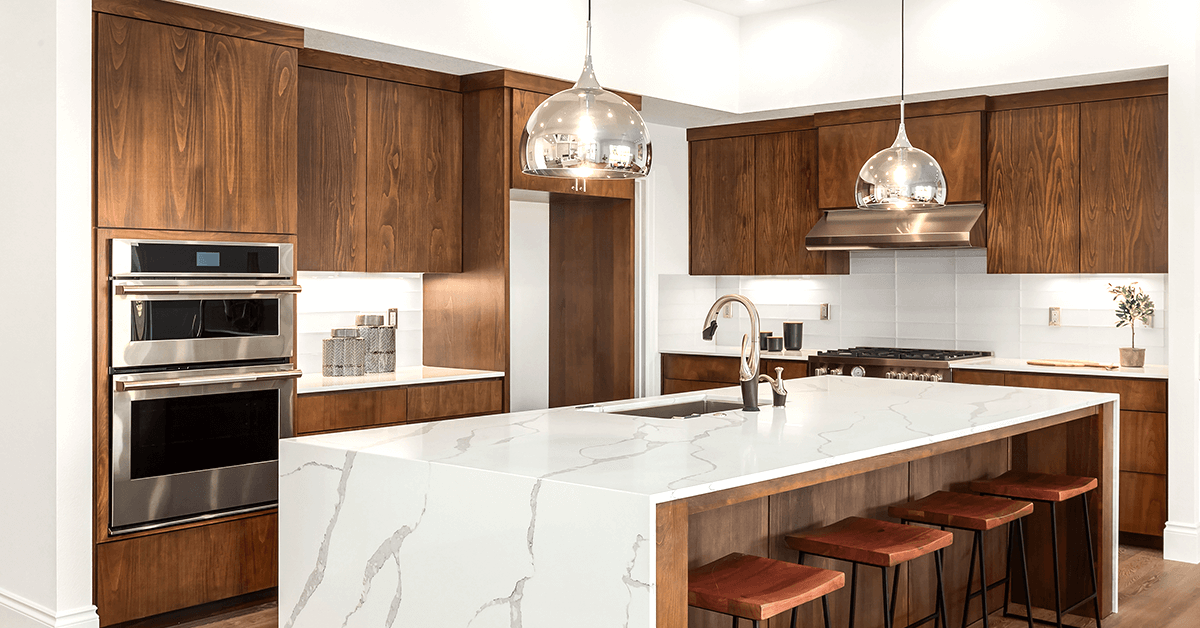
No-handle cabinets are no longer a design niche, but a norm in most kitchens. It’s simple yet functional and makes for a clutter-free look.
It adds quite a bit of space in the kitchen; at least enough for more room to manoeuvre. Its use also includes a visual flow that integrates adjoined spaces well.
With no-handle cabinets, you hopefully will have no more incidents of hips banging painfully into handles and clothes snagging on the same. For the same reasons, it’ll be safer for children as well.
You can even add child-proof locks to prevent tots from gaining access to items you don’t want them to handle.
One thing to note: the panel that fingers latch on to pull the cabinets open tend to catch more dust and crumbs, but you can always opt for a push-to-open hinge.
Soft-close hinges can also ensure you won’t suffer through banging sounds in the future.
Carpentry work for kitchen cabinets is usually around $110 to $180 per foot run.
For more home renovation, remodelling, or styling tips, visit our Home Improvement page. Check out our projects at Ohmyhome Renovations and get a free quote for your home!
Frequently asked questions about kitchen features
What colours are trending for kitchens in 2021?
Neutral palettes and natural textures, such as burnt orange and olive green, to more muted tones such as camel and grey, seem to be the preference this year. So are darker tones such as black, navy and brown, which can add depth to your kitchen.
How much should a kitchen remodelling cost?
According to an Ohmyhome Senior Interior Designer, the estimated cost of a kitchen remodel in Singapore is around $10,000. However, this will vary depending on the size and scope of the project.





